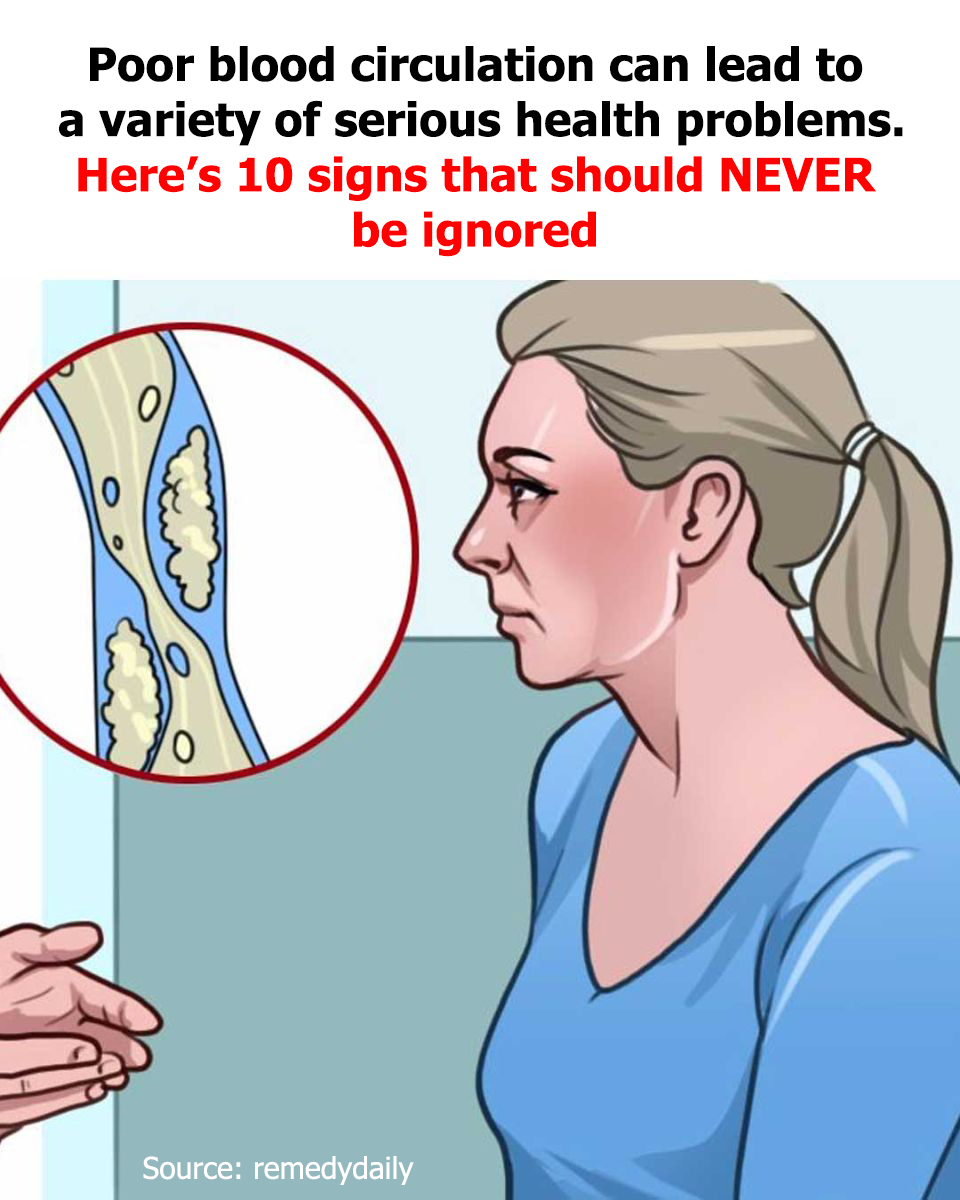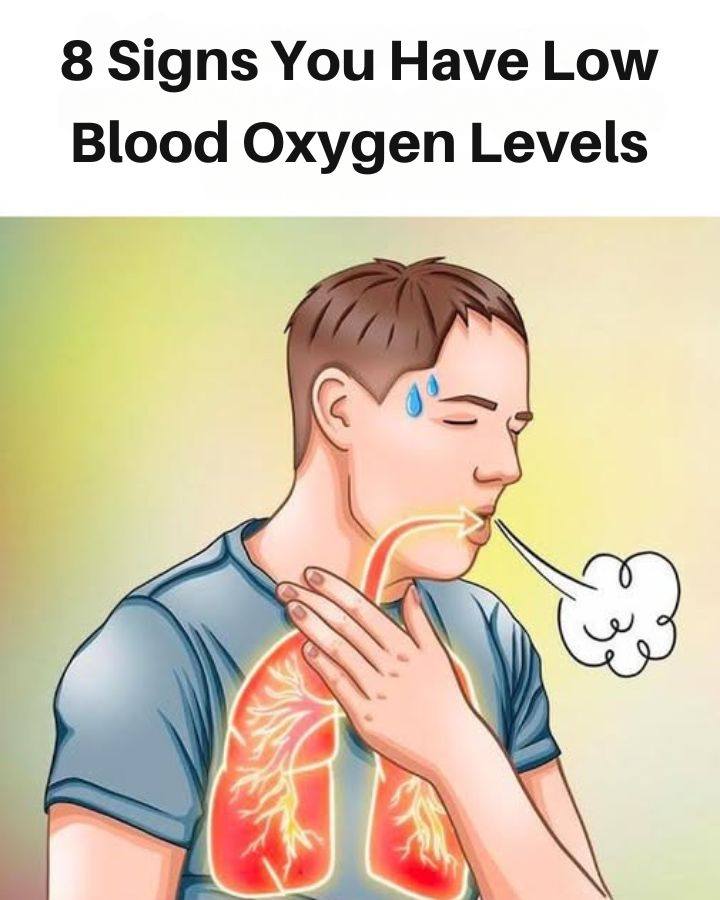Consume iron-rich animal products such as seafood, fatty fish, liver, and grass-fed beef. These foods also provide vitamin B12, which plays a crucial role in red blood cell production, essential for oxygen transport.
Table of Contents
2. Cut down on refined carbohydrates
Avoid sugar, soda, and processed foods like pasta, white bread, and cookies. These items increase blood acidity and deplete antioxidants, interfering with cellular oxygenation.
3. Eat vitamin E-rich foods
Add sunflower seeds, avocados, extra virgin olive oil, hazelnuts, and leafy greens to your meals. These foods enhance heart health and improve oxygen circulation.
4. Spend time outdoors
Walk daily, preferably in green spaces, to breathe oxygen-enriched air and natural plant compounds. Outdoor activity also supports better blood flow.

5. Stay hydrated and eat antioxidant-rich berries
Drink at least one liter of mineral water daily to keep your blood fluid and aid oxygen exchange. Enjoy berries like blueberries, strawberries, and acai, or make a refreshing drink by mixing mashed berries with sea salt and sparkling mineral water.
6. Practice deep breathing exercises
Place one hand on your stomach and the other on your chest. Inhale deeply for four seconds, expanding your stomach, then exhale slowly for six seconds. This method enhances oxygen intake and helps regulate stress hormones.
Conclusion
If you notice multiple symptoms, consult a healthcare provider. A simple oximeter test can measure your oxygen levels, and readings below 92% may indicate an underlying issue. By making lifestyle adjustments, you can improve oxygen circulation and safeguard your health.
Signs of poor blood circulation that should not be ignored

Poor blood circulation can cause a variety of health problems, some of which can be quite serious. Proper blood flow ensures that oxygen and essential nutrients are delivered throughout the body, allowing organs and tissues to function optimally. When circulation is impaired, several bodily functions can be compromised, causing discomfort and long-term health issues. Understanding the wa:rn:ing signs can help you address and treat poor blood circulation before it leads to severe complications.
In this article today, we will guide you through the 10 war:n:ing signs of poor blood circulation that should not be ignored. Recognize these signs early, and you can take the necessary steps to improve your circulation and maintain your overall well-being. Keep reading to discover the symptoms that could indicate an underlying issue and learn how you can take proactive measures to ensure a healthy circulatory system.
1. Numbness and Tingling:
ADVERTISEMENT

